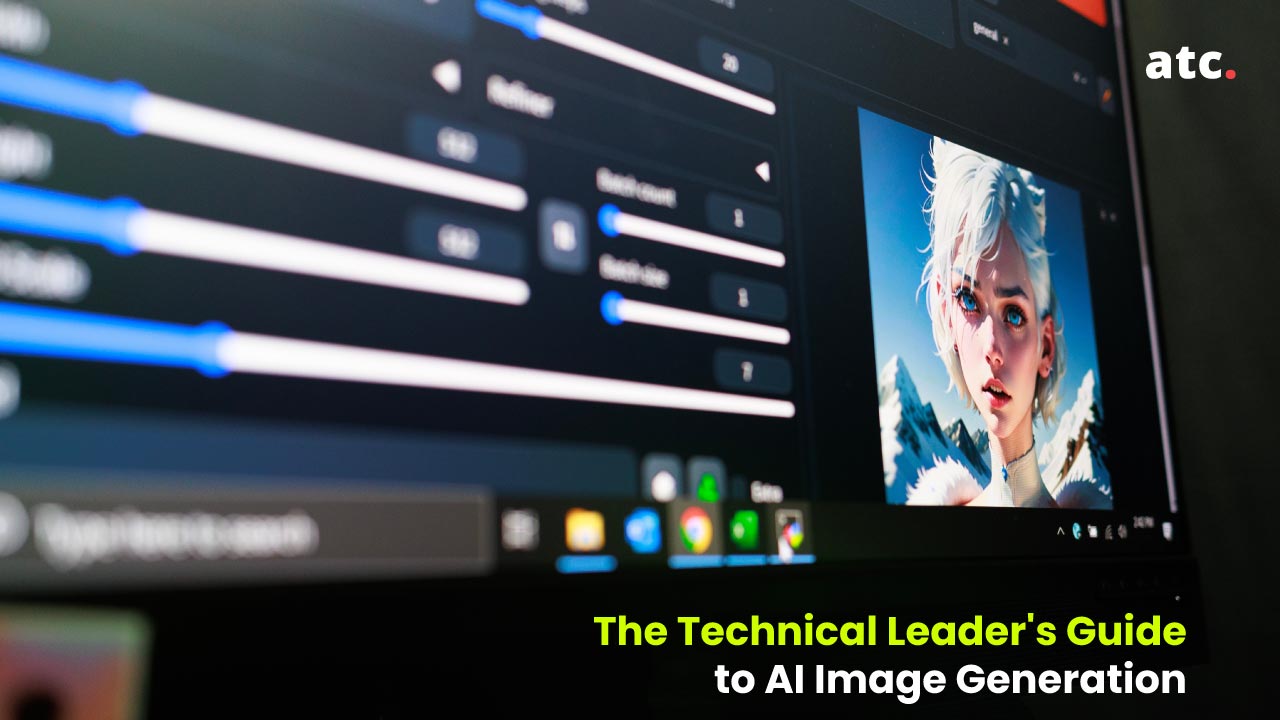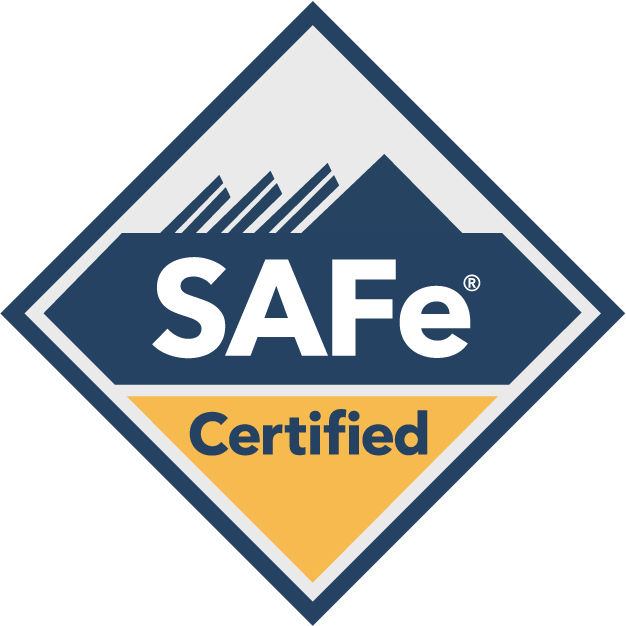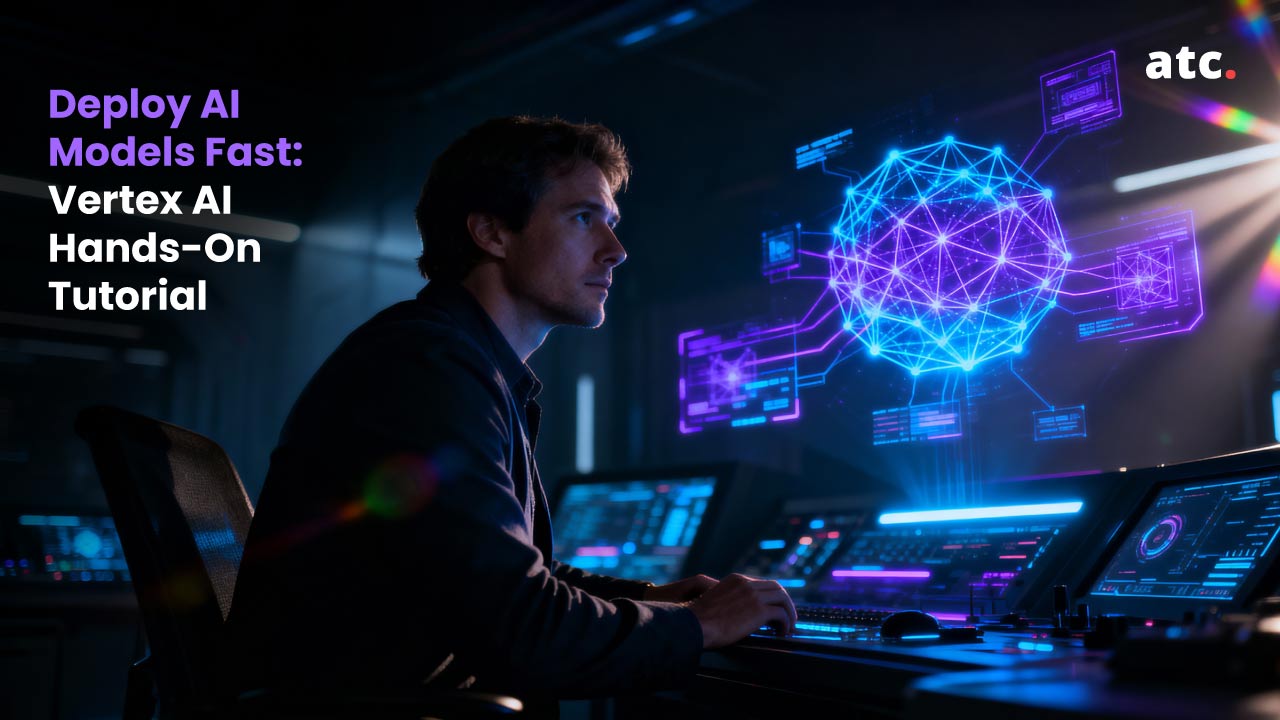Subscribe to the blog
Just a few years ago, generative AI technology was confined to academic research labs. Today, it has completely transformed how businesses think about creating content, developing products, and connecting with customers. They are powering production systems that deliver billions in measurable business value.
Marketing teams now create thousands of personalised campaign assets in the time it once took to produce a handful. Product designers can visualise and iterate on concepts in minutes instead of waiting weeks for traditional mockups.
However, the user-friendly interfaces of tools like DALL-E, Midjourney, and Runway mask a sophisticated technical foundation. 2 primary architectures drive the entire ecosystem:
- Generative Adversarial Networks (GANs) and
- Diffusion Models
For senior leaders making strategic decisions about model section, infrastructure investments, and team development, understanding these foundational technologies moves beyond academic interest into business necessity.
This analysis examines both architectural approach, their practical trade offs and what they mean for enterprise deployment. We will investigate how Stable Diffusion's latent space approach democratized high-quality image generation, explore how emerging text-to-video capabilities are creating new market opportunities, and outline the evaluation, governance, and scaling considerations that matter most to technical leaders.
Leaders focused on building organisational capability often find that structured training significantly accelerates impact. ATC's Generative AI masterclass offers a hybrid, hands-on approach with 10 sessions that lasts for 20 hours. We cover no-code generative tools, voice and vision applications, multiple agent design and culminate in participants deploying a fully operational AI agent.
The Evolution of Generative Models:
The journey of generative modeling reads like a series of breakthrough moments in history books where each solved critical problems left by its predecessors. The field has progressed through 4 major architectural approaches, and understanding this evolution helps explain why today's leading systems work the way they do.
Let's begin with Variational Autoencoders (VAEs).
It started this whole revolution by introducing the concept of latent space. It essentially teaching machines to work with compressed, meaningful representation of data. Groundbreaking? Yes but these VAEs had a notable weakness. Their outputs often looked annoyingly blurry. This happened because of their probabilistic approach and also because it prioritised mathematical result over sharp and detailed output.
Autoregressive models took a different approach. The systems, which was used by GPT, generated content one piece at a time in sequence. They have proven pretty good for text generation. This is where word-by-word creation makes intuitively perfect sense. However, images presented a huge challenge. Spatial relationships don't follow the same sequential logic as language which always lead to inconsistent and more often bizarre visual results (those Will Smith eating spaghetti gave everyone nightmares)
Then came Generative Adversarial Networks a.k.a GANs in 2014 and everything changed. Ian Goodfellow's innovation introduced adversarial training, which means pitting two neural networks against each other in continuous competition. One network, which will be the generator, learns to create increasingly convincing fake images, which the other, the discriminator gets better at spotting fakes, This competitive dynamic drove both networks to remarkable performance levels.
But the biggest change happened with the diffusion models. Those are the once we use today and has been dominating the industry for quite sometime. Instead of adversarial competition, these systems learn through cooperative denoising, Its the process of gradually removing noise from random inputs, step by step until a coherent image completely presents itself.
Where GANs often required extensive expertise to training successfully, diffusion models offer the reliability and predictability that production system demands.
Technical Deep-Dive in Generative Adversarial Networks
As discussed earlier, 2 neural networks engage in continuous competition, one trying to create perfect fakes and the other trying to catch them. The adversarial dynamic creates a fascinating learning environment where both networks push each other to extraordinary performance levels.
Here is how it works.
The generator network takes random noise which is essentially digital static. It learns to transform it into convincing synthetic images. Meanwhile, the discriminator network develops increasingly sophisticated methods for distinguished real images from the generated ones. As the generator gets better at creating fakes, the discriminator gets better at spotting them. This creates an escalating "arms race" that drives both networks towards excellence.
Core Architecture and Loss Functions
The Mathematical foundation tells us the tension that boils over in GAN training.
G:Z->X , which is the generator learns a mapping function, translates random latent vectors (z) into realistic data samples (x).
D: X->, which is the discriminator operates as binary classifier, outputs the probability that any given input represents real data.
The loss functions create direct opposing objectives and this is where things get really dramatic and quite interesting:
- Generator Loss: J_G= -E[log D(G(z))]. The generator succeeds when it minimises the discriminator's ability to point out fakes
- Discriminator Loss: J_D= -E[log D(x)] - E[log(1-D(G(z)))]. The discriminator succeeds when it maximises classification accuracy on both real and fake samples
This mathematical opposition creates the nemesis level dynamic but it also introduces significant training challenges.
Training Challenges and Instability
Anyone who has trained GANs knows the frustration firsthand. These models can be incredibly difficult to stabilize. Here are some of the challenges:
- Mode collapse represents perhaps the most common failure pattern
- Vanishing gradients create an even more insidious problem
- These dynamics create training instability that manifests as wild oscillations between network performance
Key Architectural Improvements
The research community has responded to these challenges with remarkable ingenuity. Each major breakthrough has addressed specific aspects of GAN instability while also pushing boundaries of what is possible.
- Wasserstein GAN (WGAN) tackled the gradient problem head on.
- Spectral Normalisation addressed the discriminator's tendency towards gradient explosion.
- Progressive growing changed how we thing about high resolution generation
- The StyleGAN family represents the current pinnacle of GAN architecture.
Technical Deep-Dive in Diffusion Models and Stable Diffusion
Diffusion modes changed the game of abandoning competition in favour of cooperation. Where GANs pit networks against each other in adversarial race, diffusion models take inspiration from an unexpected source, the physics of how particles spread through space over time. Instead of 2 networks fighting, you have one network learning to master a remarkably elegant process.
The core insight is beautifully simple. If you can learn to add noise to something systematically then you can also learn to remove it systematically. This cooperative approach has proven far more stable and reliable than the adversarial dynamics that make GANs so temperamental.
The Diffusion Process: Forward and Reverse
To understand diffusion, it requires thinking about it as a 2 stage process. It's like watching a movie play forward and then in reverse. The forward process is pretty straightforward. It requires no intelligence whatsoever. It systematically adds Gaussian noise to any image over a series of timesteps (typically 50 to 1000 steps) until you are left with nothing but pure static.
The reverse process is where the magic really happens. This is where the model's intelligence lives, learns to predict and removes exactly the right amount of noise at each timestep, This essentially runs that dissolution process backwards to recover the original image.
Denoising Diffusion Probabilistic Models (DDPMs) accomplish this through a U-Net architecture. that becomes incredibly sophisticated at predicting the noise component present at any given step. During generation, the model starts with pure random noise and applies its learning denoising functions iteratively. After 50 to 1000 steps, a coherent image gradually emerges from the whole pixelated chaos. This process never fails to seem almost magical when you watch it happen.
Stable Diffusion's Breakthrough Innovations
The team at Stability AP made several architectural decisions that changed diffusion from an academic curiosity to a practical tool that could run on consumer hardware.
The biggest one was moving from pixel space to latent space. Instead of working directly with 512*512 pixel images (which usually contain over 260,000 individual values), stable diffusion uses a Variational Autoencoder to compress images into compact 64*64 latent representations. This delivers a staggering 64x reduction in computational requirements making both training and interference dramatically more efficient.
The architecture brings together 4 essential components to work together:
- VAE Encoder/Decoder
- U-Net Denoising Network
- CLIP Text Encoder
- Cross-Attention Layers
Text Conditioning and Classifier-Free Guidance
This represents perhaps the most user facing breakthrough in generative AI. Stable diffusion can understand the semantic relationships between words and visual concepts by leveraging CLIP embeddings. This feels almost intuitive. When you type "a red sports car," the model understand redness, sportiness and car-ness as interconnected concepts rather than just generating some random car pixels.
Cross attention mechanism makes this actionable by injecting text conditioning at multiple points throughout the denoising network. Rather than texting test as an afterthought, the model considers tour prompt at every step of the "generation process."
Classifier-free guidance takes this a step even further through a clever "computational" trick. The model computes both conditional predictions ( which is usually guided by your text prompt) and unconditional predictions ( completely ignoring the prompt). It then extrapolates in the direction of stronger conditioning. The result is improved prompt adherence and overall image quality. Although this comes at the cost of roughly doubling the computational requirements.
Safety and the Open Ecosystem
Stable Diffusion's approach to safety and openness created a whole new ecosystem. This was done by implementing content filters to prevent generation of NSFW imagery and harmful content but they also made the controversial decision to release the complete model weights publicly. This open approach stood in huge contrast to competitors who kept their systems locked behind bunch of APIs.
Within months of release, a whole new community of vibrant folks emerged who created specialized fine-tuned versions and developed LoRA adapters for efficient customization and built applications that nobody at Stability AI had ever imagined in their wildest dreams. The open ecosystem has become one of Stable Diffusion's greatest advantages. Millions of users ended up contributing improvements rather than a small team working in isolation which became a benchmark for other competitors to study.
Trade-offs vs GANs:
There is a fascinating engineering trade-offs between diffusion models and GANs. As you know, diffusion models consistently produces higher sample quality and better diversity. They are much less prone to mode collapse and generate variety of realistic outputs. Where GANs require careful babysitting and expert tuning, diffusion models train more predictably.
But when it comes to speed, GANs has one leg forward here. A well trained GAN can generate a high quality image in a single forward pass which takes milliseconds. Diffusion models, however require 20 to 50+ denoising steps. This makes them 10 to 100 times slower during inference.
GANs also maintain that leg forward in specific domains as well. For example, when they are properly trained on, let's say, faces, StyleGAN can produce results that are difficult to distinguish from photographs to AI generated. But, the diffusion models have crawled across many industries.
The reality is diffusion models offer more reliable development cycles and better general purpose results. While GANs provide faster interference and potentially better quality in smaller domains. In the end, the choice often depends on whether you want development predictability or runtime performance.
Conclusion:
We have witnessed something remarkable over the past few years, and understanding the technical foundations of these AIs matters more than many leaders realise. When you understand why diffusions models have largely displaced GANs in most applications or why Stable Diffusion's latent space approach democratized high-quality generation, then you are better equipped to make informed decisions about model selection, infrastructure investments and team development. For organizations committed to building this capability quickly and systematically, the ATC Generative AI masterclass offers a structured path forward. This 10 sessions hands on program is designed specifically for teams that need to move beyond passive AI tools consumption and more so towards active creation of scalable AI workflows.




